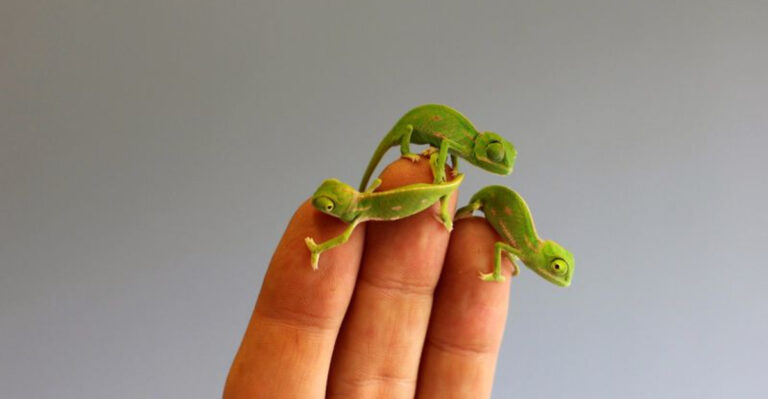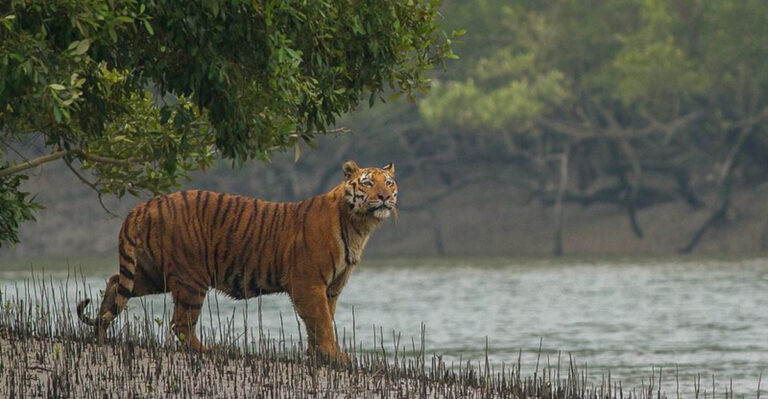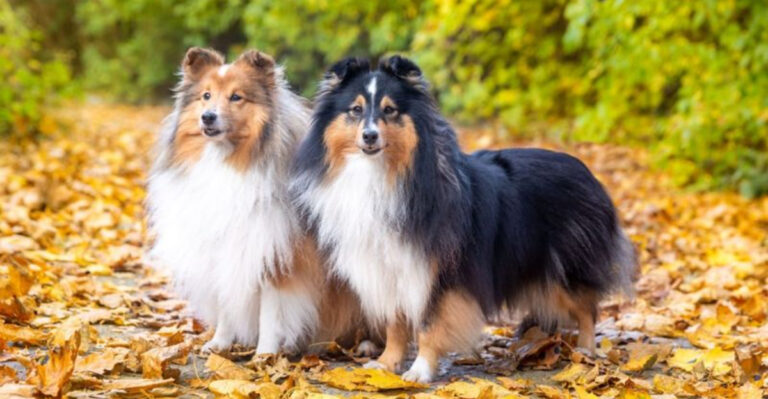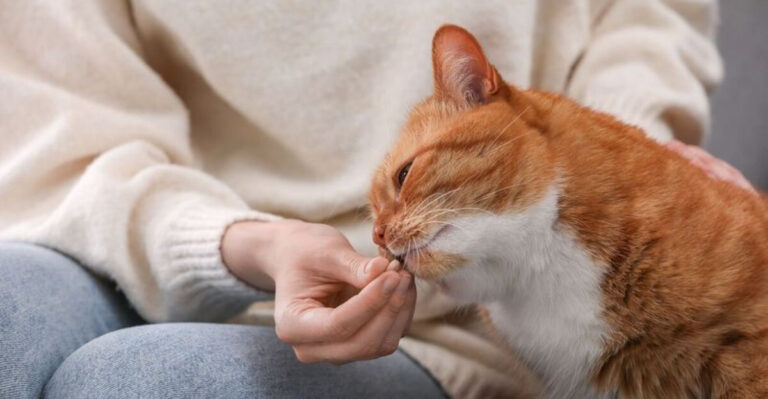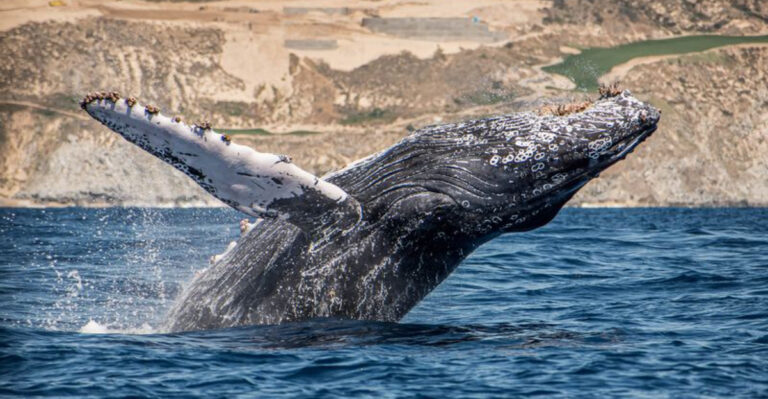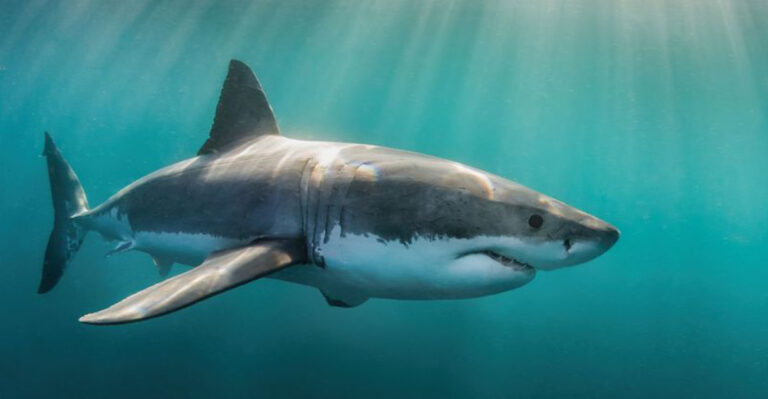The 12 Largest Crow Species You Need To Know About
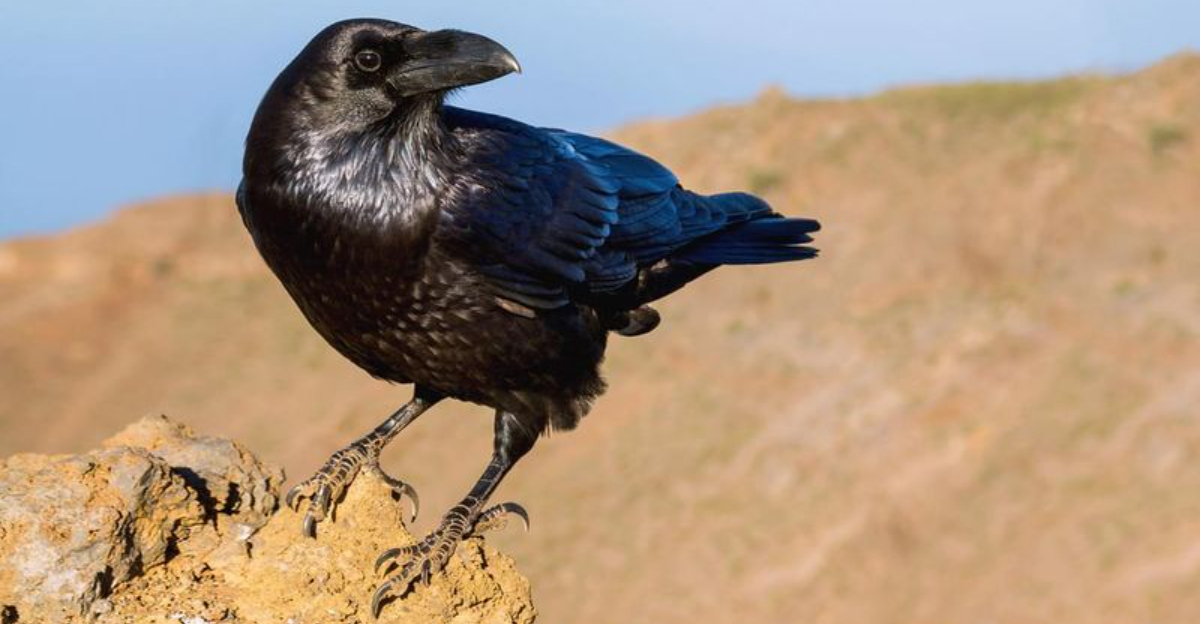
Crows are among the most intelligent birds on our planet, with problem-solving skills that rival those of chimpanzees.
These black-feathered masterminds belong to the Corvidae family, which includes ravens, rooks, and jackdaws. While most people think all crows look the same, there’s actually an amazing variety in size among different species worldwide.
Let’s explore the biggest members of this remarkable bird family that are worth knowing about.
1. Common Raven (Corvus Corax)

Reigning supreme as the largest member of the crow family, the Common Raven can reach lengths of 26 inches with a wingspan stretching up to 4.5 feet! These impressive birds weigh around 2.6 pounds, making them true giants among corvids.
Ravens possess remarkable intelligence, capable of using tools and solving complex puzzles. Their deep, croaking call echoes across mountains, forests, and deserts throughout the Northern Hemisphere.
Unlike their smaller crow cousins, ravens have wedge-shaped tails, shaggier throat feathers, and massive, curved beaks. These majestic birds can live up to 23 years in the wild – forming lifelong pair bonds with their mates.
2. Thick-billed Raven (Corvus Crassirostris)

Found only in the highlands of Ethiopia and Eritrea, the Thick-billed Raven stands as Africa’s largest corvid. Its most striking feature is right in the name – an enormous, curved bill that looks almost comically oversized compared to its head.
Measuring up to 25 inches long with a wingspan of 4 feet, these birds command attention when they soar overhead. Their glossy black feathers contrast with a distinctive white patch on the nape of their neck.
Local people in the Horn of Africa often observe these ravens using their powerful bills to crack nuts and dig for food in hard soil. They’re highly adaptable birds, equally at home in mountain forests or hanging around human settlements.
3. Australian Raven (Corvus Coronoides)

G’day from Down Under! The Australian Raven dominates the corvid scene across eastern and southern Australia, reaching an impressive 20 inches in length. Its glossy black feathers shimmer with hints of purple and green in the sunlight.
What sets this bird apart is its haunting call – a slow, drawn-out “aaaaark” followed by a gurgling sound that sends shivers down spines. Aussies often mistake these ravens for crows, but their larger size and distinctive throat hackles give them away.
Australian Ravens form tight family groups that fiercely defend their territories year-round. They’re incredibly adaptable, thriving in forests, farmlands, and even busy city centers where they’ve learned to raid garbage bins and steal food from unsuspecting picnickers.
4. White-necked Raven (Corvus Albicollis)

Standing out with a brilliant white collar against jet-black plumage, the White-necked Raven cuts an elegant figure across the mountains and highlands of eastern and southern Africa. At 20 inches long with a 3-foot wingspan, these birds command attention when they soar over cliff faces.
Mountain climbers often report these ravens performing incredible aerial acrobatics – rolling, diving, and playing with sticks mid-flight. Their massive, curved bill rivals that of the Thick-billed Raven and helps them crack open nuts, eggs, and even small tortoises.
Locals consider these birds both helpers and tricksters. They clean up carcasses but also steal food and shiny objects when nobody’s looking. Their deep, resonant “krooonk” call echoes dramatically through mountain valleys.
5. Chihuahuan Raven (Corvus Cryptoleucus)

Roaming the deserts and grasslands of the southwestern United States and northern Mexico, the Chihuahuan Raven has mastered survival in some of North America’s harshest environments. Measuring up to 19 inches long, it’s slightly smaller than its common raven cousin but still impressively large.
Hidden beneath its glossy black outer feathers lies this bird’s secret – fluffy white feathers at the base of its neck that are only visible when ruffled by the wind. These ravens build massive stick nests in isolated trees or on utility poles, creating safe havens above the desert floor.
Ranchers often spot these intelligent birds following farm equipment to snatch up insects and rodents disturbed by plowing. They’ve developed a unique relationship with desert wildlife, sometimes following coyotes to scavenge from their kills.
6. Northern Raven (Corvus Corax Principalis)

Braving the frozen north, the Northern Raven subspecies represents the largest of all corvids, with some individuals reaching a whopping 27 inches long! These arctic giants patrol the boreal forests and tundra of Alaska, Canada, and Greenland with wingspans approaching 5 feet.
Native Alaskan and Canadian peoples hold these ravens sacred in their mythology as creator beings or tricksters. The birds’ intelligence shines through in their problem-solving abilities – they’ve been observed making and using tools, remembering human faces, and even playing games with wolves.
Their massive size helps them survive brutal northern winters when temperatures plummet below freezing. They cache food during summer abundance and remember hundreds of hiding spots months later when food becomes scarce.
7. Large-billed Crow (Corvus Macrorhynchos)

Ruling the skies across much of East Asia, the Large-billed Crow lives up to its name with an impressive beak that can crack open everything from nuts to small crabs. These adaptable birds measure up to 19 inches long and thrive in diverse habitats from mountains to cities.
In Japan, they’ve become famous for their intelligence – dropping nuts on busy crosswalks so cars will crack them open, then waiting for the walk signal to safely retrieve their snack! Their loud, harsh “caw” echoes through Tokyo skyscrapers and Himalayan valleys alike.
Buddhist temples across Asia often have special relationships with these crows, where monks feed them as part of their daily rituals. The birds’ glossy black feathers sometimes show blue-purple iridescence in the sunlight, making them stand out among their corvid relatives.
8. Pied Crow (Corvus Albus)

Sporting a stylish black and white tuxedo-like appearance, the Pied Crow stands out as one of Africa’s most recognizable birds. These elegant corvids reach lengths of 18-19 inches and feature a striking white chest and collar that contrasts sharply with their glossy black wings and head.
Adaptable and opportunistic, Pied Crows have expanded their range alongside human settlements across sub-Saharan Africa. They’ve mastered the art of urban living – stealing food from outdoor restaurants, raiding garbage dumps, and building nests on cell towers.
Travelers often spot these birds performing amazing aerial stunts, sometimes dropping nuts from great heights to crack them open on rocks below. Their distinctive “kra-kra-kra” calls echo across African savannas, forests, and cities from Senegal to South Africa.
9. Little Raven (Corvus Mellori)

Don’t let the name fool you – the “Little” Raven is actually quite large by crow standards, measuring up to 19 inches in length. Native to southeastern Australia, these glossy black birds dominate the skies from Adelaide to Melbourne.
What makes these ravens special is their incredible vocal repertoire. They produce over 20 different calls ranging from soft, musical notes to harsh caws. Early morning campers in the Australian bush often wake to the sound of these ravens’ dawn chorus.
Little Ravens form tight-knit family groups that work together to defend territory and find food. They’ve adapted brilliantly to human development, becoming common sights in parks, farms, and suburbs where they’ve learned to open garbage bins and steal pet food with remarkable cleverness.
10. Forest Raven (Corvus tasmanicus)

Haunting the ancient forests of Tasmania and coastal southeastern Australia, the Forest Raven reaches an impressive 19 inches in length. These secretive birds prefer dense woodland habitats where their deep, booming calls echo hauntingly through the trees.
Forest Ravens stand out with their massive, heavy bills and shaggy throat hackles that give them a distinctive beardy appearance. They form lifelong pair bonds, with couples defending the same territory year after year using complex vocal signals to communicate.
Aboriginal Tasmanians share legends about these ravens as spirit messengers between worlds. Modern researchers have discovered these birds possess remarkable memory, recognizing individual human faces for years and remembering which people have threatened or fed them in the past.
11. American Crow (Corvus Brachyrhynchos)

Perhaps North America’s most familiar corvid, the American Crow reaches lengths of 17-21 inches, making it one of the continent’s largest songbirds. These clever birds have adapted to almost every habitat from wild forests to busy urban centers.
American Crows live highly social lives in extended family groups where young birds help their parents raise subsequent broods. They hold “funerals” when one of their kind dies – gathering around the deceased, calling loudly, then silently dispersing after investigating the body.
Farmers have long considered these crows agricultural pests, but research shows they actually benefit crops by consuming vast quantities of harmful insects. Their problem-solving abilities amaze scientists – they craft tools from twigs, remember human faces for years, and even understand water displacement to access floating food.
12. Torresian Crow (Corvus Orru)

Ruling the skies across northern and eastern Australia, the Torresian Crow stretches up to 20 inches long with an impressive wingspan of over 3 feet. Its distinctive white eye sets it apart from other Australian corvids – giving it an intense, piercing stare.
These adaptable birds thrive in diverse environments from tropical rainforests to arid outback deserts. Aboriginal Australians feature these crows prominently in Dreamtime stories as clever tricksters or messengers. Their loud, harsh “ah-ah-ah-aaaah” calls are unmistakable sounds of the Australian landscape.
Beachgoers often observe these ingenious birds dropping shellfish onto rocks to crack them open. They’ve also learned to follow bushfires, swooping in to catch insects and small animals fleeing the flames – a feeding strategy passed down through generations.

